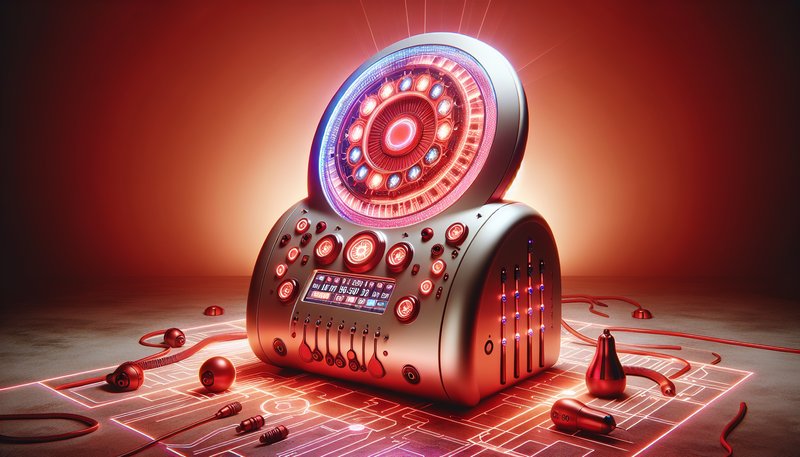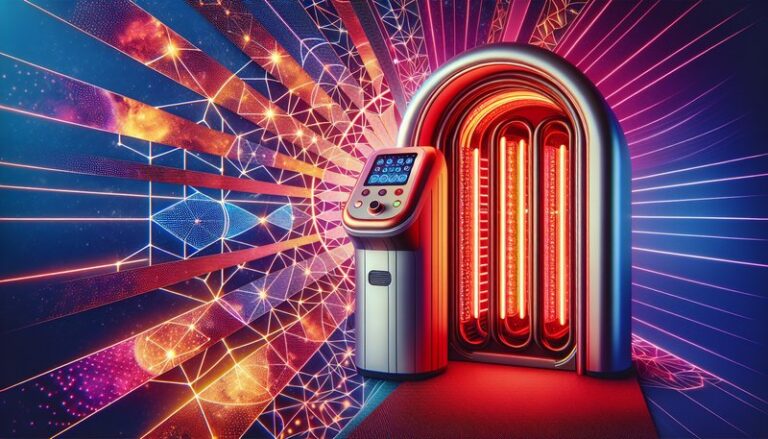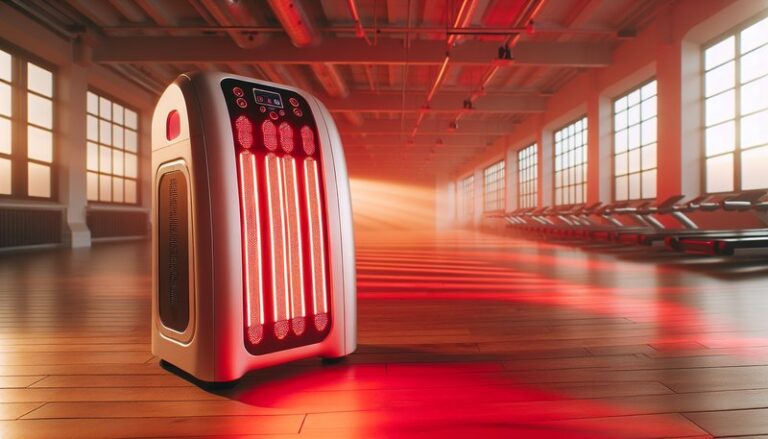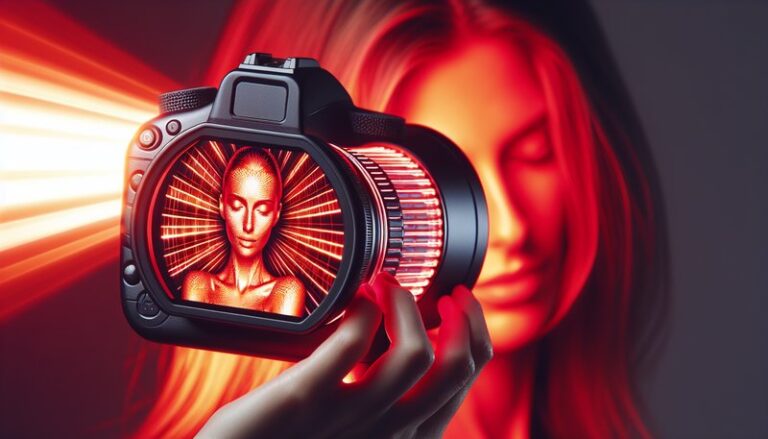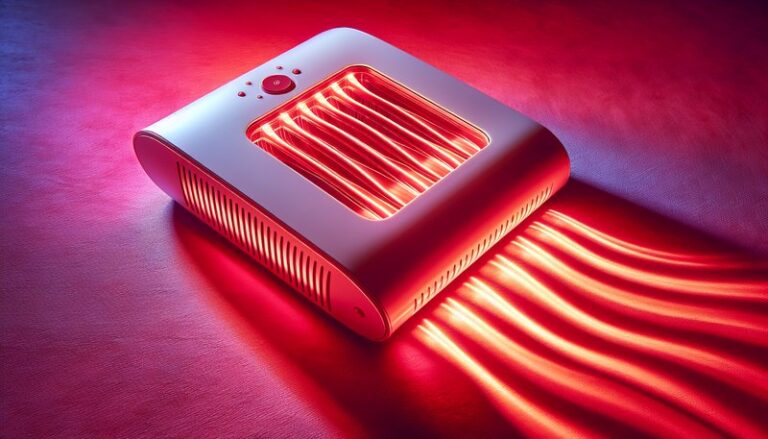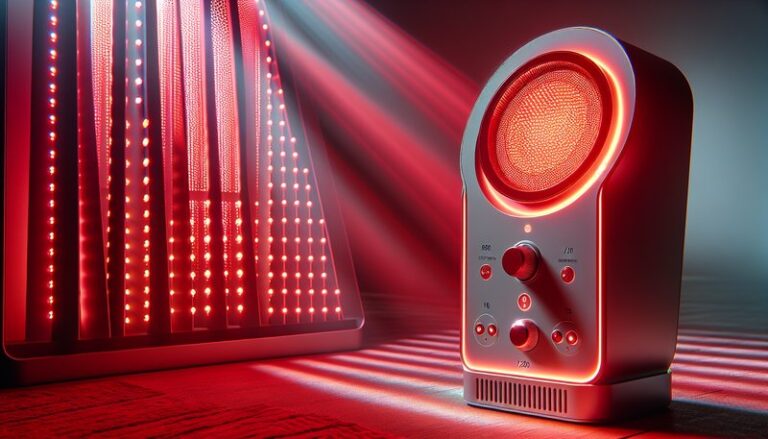What Is The Best Red Light Therapy Device?
Are you considering incorporating red light therapy into your wellness routine?
In this article, we will explore the top red light therapy devices available, their benefits, and important factors to consider when choosing one. By the end, you’ll have a better understanding of which device might best suit your needs.
Key Takeaways
- Red light therapy devices can be effective for a variety of health and beauty applications.
- When choosing a device, factors like wavelength, power output, and treatment area are critical.
- Cost, safety features, and user reviews can greatly influence your decision.
What is Red Light Therapy?
Red light therapy (RLT) is a non-invasive treatment that utilizes low-level wavelengths of red light to stimulate cellular function and promote healing. Originally developed by NASA for plant growth in space, RLT has since gained popularity for its therapeutic effects on skin, muscles, and joints.
At its core, RLT works by penetrating the skin and enhancing mitochondrial function, resulting in improved energy production in cells. This can lead to enhanced healing, reduced inflammation, and various aesthetic benefits.
Different types of devices are available, ranging from handheld units to larger panels, making it accessible for home use as well as professional treatments.
What are the Benefits of Red Light Therapy?
Red light therapy offers a multitude of benefits, making it a popular choice among health enthusiasts and beauty aficionados alike.
Skin Rejuvenation
Red light therapy can effectively reduce signs of aging. It promotes collagen production, improves skin texture, and diminishes wrinkles, resulting in a healthier, more youthful appearance.
Pain Relief and Inflammation Reduction
For those suffering from chronic pain or injuries, RLT can offer relief. Studies have shown its effectiveness in reducing inflammation and promoting tissue repair, aiding recovery after strenuous exercise or injury.
Improved Hair Growth
Emerging research suggests that RLT may stimulate hair follicles and promote hair growth, making it a potential treatment for conditions like androgenetic alopecia and thinning hair.
Enhanced Athletic Performance
Athletes are increasingly turning to RLT for its ability to enhance recovery times and improve performance. By reducing muscle soreness and accelerating healing, RLT can enable athletes to train harder and recover faster.
Mood and Sleep Improvement
Some studies indicate that red light exposure can positively affect mood and sleep patterns. By regulating circadian rhythms, RLT may help people combat insomnia and enhance sleep quality.
Is it Possible to Use a Red Light Therapy Device at Home?
Yes, using a red light therapy device at home is feasible and has become increasingly popular. With various products available, many users prefer the convenience and affordability of home devices compared to professional treatments.
What are the Advantages of Home Use?
Owning a personal red light therapy device allows for flexibility in treatments, making it easier to integrate into your daily routine. Additionally, home devices often include built-in timers and settings, ensuring users can easily manage their sessions.
What are the Disadvantages of Home Use?
However, there are drawbacks to consider. The effectiveness may vary based on the device’s quality and specifications, and users might not achieve the same intensity or results as found in professional settings.
What are the Things to Consider Before Purchasing a Red Light Therapy Device?
Before investing in a device, consider the following aspects to ensure you choose the best option:
Wavelength and Power Output
Devices that emit light in the 600 to 650 nm (red) and 800 to 850 nm (near-infrared) ranges are most effective. Power output, measured in milliwatts per square centimeter (mW/cm²), can also determine how quickly you achieve results.
Find out the truth in Use Red Light Therapy Before Bed?
Treatment Area
Consider the area you wish to treat. Larger panels cover more skin at once, while handheld devices can be focused on specific areas, suitable for targeting individual concerns.
Safety Features
Safety is paramount when choosing a device. Look for products that have been clinically tested, come with safety certifications, and include features like automatic shut-off timers.
Price and Warranty
Prices for red light therapy devices vary significantly. Be sure to compare options within your budget while also considering warranties that can provide peace of mind and coverage against defects.
What are the Alternatives to Red Light Therapy?
If red light therapy is not right for you or you’re looking to explore additional options, consider these alternatives:
Laser Therapy
Laser therapy, like RLT, uses light energy to promote healing but focuses on specific wavelengths that can penetrate deeper. It’s often more intense and requires professional supervision.
LED Light Therapy
LED light therapy employs different colors, including blue and yellow light, targeting various skin concerns such as acne and pigmentation. It can be a gentler alternative.
Get the complete insights in Can Red Light Therapy Remove Moles?
Microdermabrasion
This treatment exfoliates the outer layer of skin to promote cell renewal. It can complement red light therapy by enhancing skin texture and appearance but does not offer the same deep cellular benefits.
Chemical Peels
For those looking to rejuvenate their skin, chemical peels can improve texture and reduce the appearance of scars and wrinkles, offering a different approach from light therapies.
Conclusion: Is it Recommended to Use a Red Light Therapy Device?
In conclusion, red light therapy can be a valuable addition to your wellness routine, offering a range of benefits from skin rejuvenation to pain relief. By carefully considering the important factors and potential alternatives, you can find the perfect device that suits your individual needs and lifestyle.
Frequently Asked Questions
What should I look for when buying a red light therapy device?
Look for devices with appropriate wavelengths, sufficient power output, and positive user reviews. Safety features and warranty options are also important.
How often should I use a red light therapy device?
Generally, sessions can be performed every other day or up to three times a week, depending on the device’s specifications and your individual needs.
Are there any side effects associated with red light therapy?
Red light therapy is generally considered safe, with minimal side effects. Some users may experience slight redness or irritation, but these symptoms typically resolve quickly.
Can anyone use red light therapy devices?
Most individuals can use red light therapy devices; however, anyone with photosensitivity or certain medical conditions should consult a physician before use.
How long does it take to see results from red light therapy?
Results can vary based on individual conditions and device quality, but many users report noticeable improvements within a few weeks of consistent use.
